The 2022 Space Weather Forecast
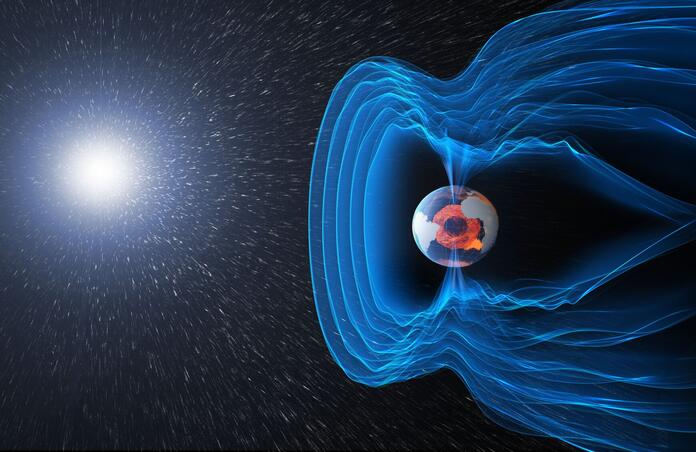
An analysis of data from ESA’s Swarm and Cluster missions reminds us of the dangers of space weather.
150 years ago, humans were faced with what remains the strongest known geomagnetic storm. The Carrington event, as it became known, was a colossal ejection of plasma from our Sun’s atmosphere – consequence of a solar flare, a burst of radiation caused by releases of magnetic energy at the Sun’s surface.
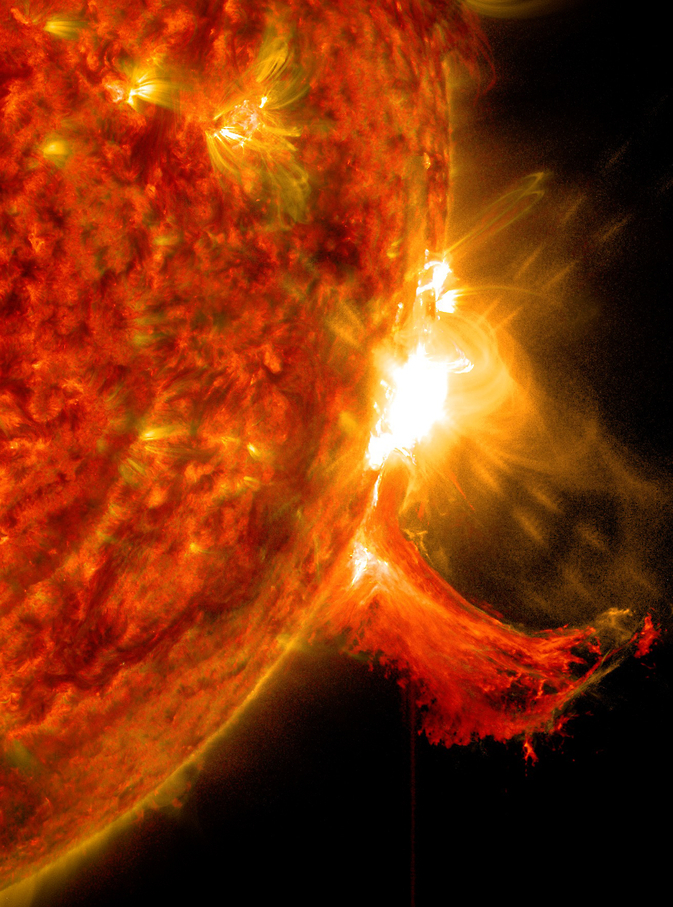
While such solar flares and mass ejections are relatively common, the Earth is a very small target and it’s rare that they reach us. Even when they do, we are protected by our magnetic field (the magnetosphere); all we usually experience are aurorae, gorgeous displays of that solar wind (the stream of charged particles resulting from solar activity) interacting with magnetic field lines. However, researchers have now formulated predictions in the case of a Carrington event-level solar flare reaching Earth, and it’s a lot less pretty.
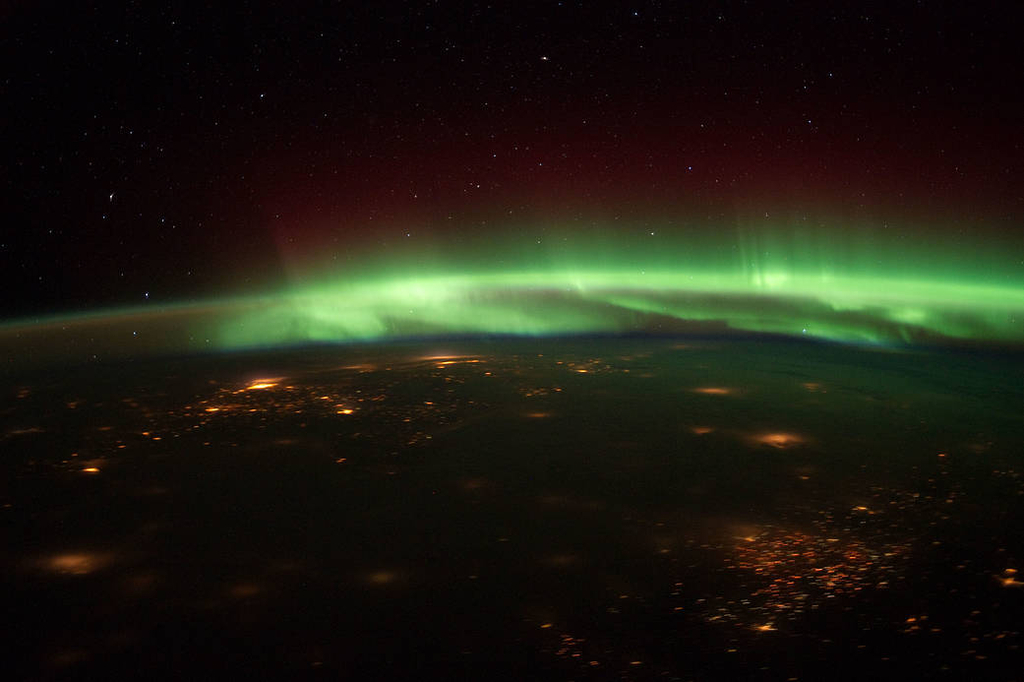
They considered the 2015 solar storm, during which the Sun sent an unusually strong solar wind towards us. The three satellites that form the Swarm constellation and Cluster’s four spacecrafts were monitoring our planet’s magnetic environment, and they did record perturbations.
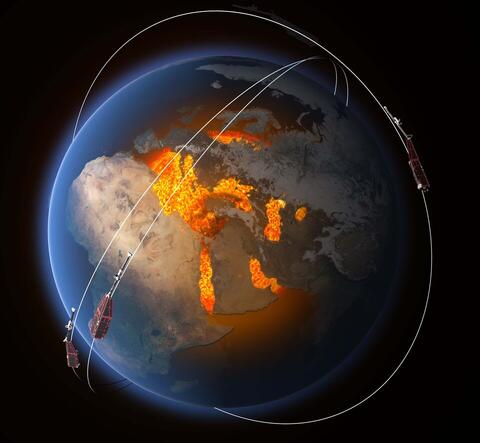
Swarm 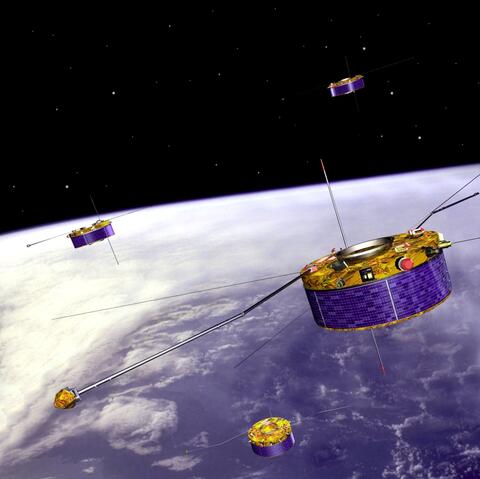
Cluster
Specifically, they measured bursty bulk flows, which are fast bursts of ions typically travelling at more than 150 km per second in the magnetosphere, and those were correlated with geomagnetically induced currents produced on the ground. As ESA’s Space Weather Office puts it, “These new results help further our understanding of processes within the magnetosphere which may lead to potentially hazardous space weather conditions”. Hazardous notably includes damaged communication networks and navigation systems such as GPS, which our modern civilisation heavily relies on.
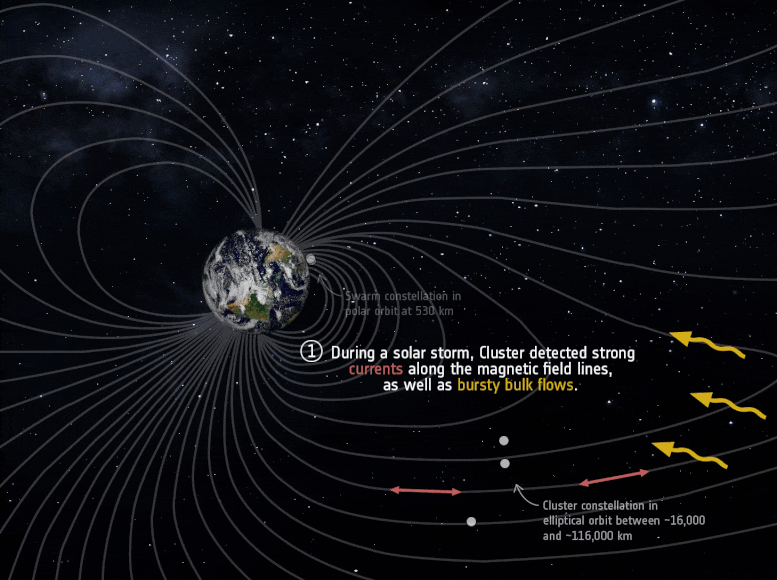
Animation: BBFs and GICs 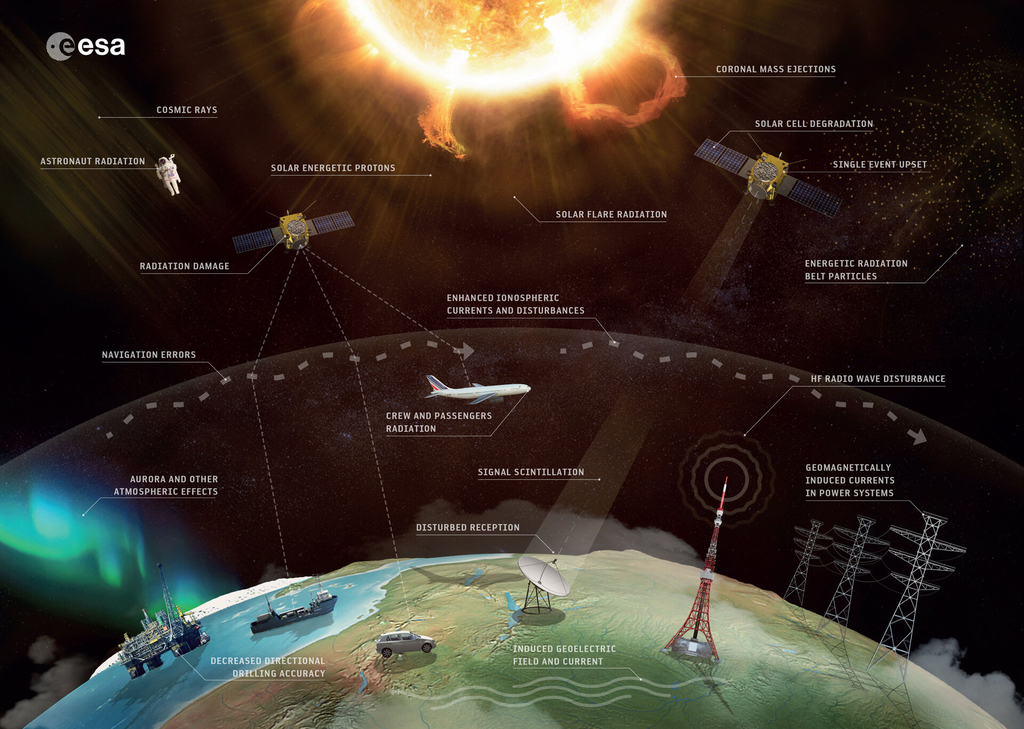
Space Weather Effects
Another key instrument in our investigation of space weather, that is part of NASA’s Living with a Star program, is the Parker Solar Probe. A few weeks ago, it was confirmed that the probe “touched” the Sun.
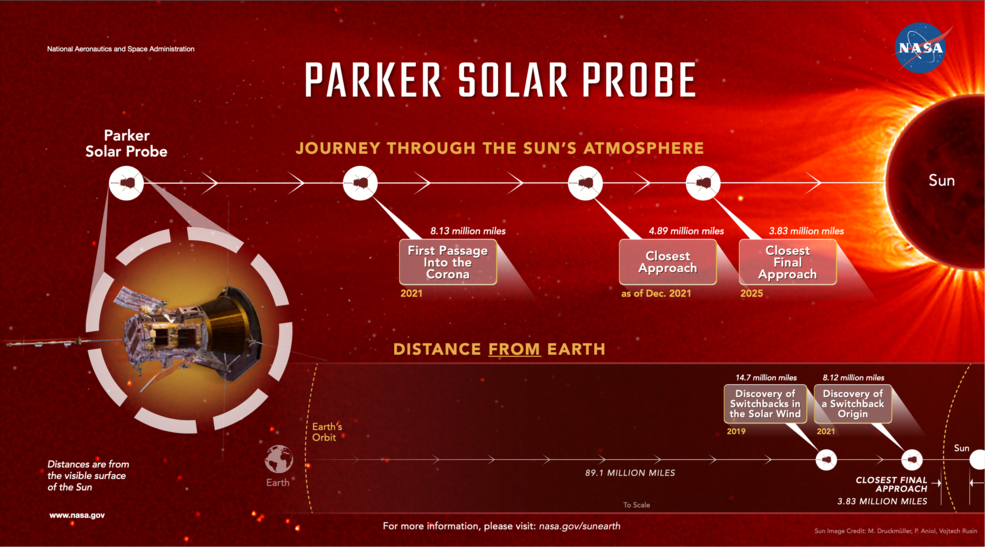
To be accurate, what Parker did was flying through the Sun’s upper atmosphere, the so-called corona, in humanity’s closest ever approach to the Sun. Note that it actually did so in April 2021, but it took a few months for the data to reach Earth and be processed. One way it was confirmed that Parker did indeed enter the Sun’s atmosphere was by discovering that the Alfvén critical surface, the interface between solar atmosphere and solar wind, is not a smooth shell around the Sun; rather, the probe crossed “spikes and valleys” as it flew by, dipping in and out of the corona.
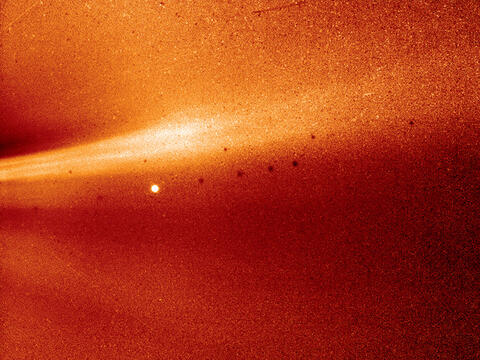
Streamer seen by Parker in 2018 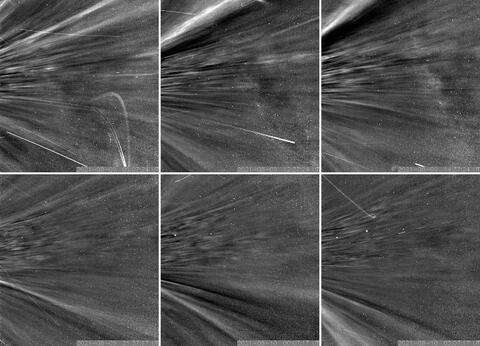
Parker is inside a Pseudostreamer
As it passed the Alfvén limit, Parker also went through some of the corona’s pseudostreamers, structures which form because of the magnetic effects on the plasma. Streamers are thought to be the sources of solar wind. Upcoming fly-bys, including one later this month, will provide further data to test astronomers’ theories about the mechanisms behind the formation of solar winds.
By studying the processes at play, both at the Sun’s corona and in the Earth’s magnetosphere, astronomers hope to build solid space weather forecasts to mitigate any hazardous effects of solar wind.
Cover Image: Magnetic field in Solar Wind, ESA/ATG medialab
Image Credits:
1 - Solar flare, NASA/SDO
2 - Aurora Borealis over the Midwest, NASA
3 - Swarm, ESA/ATG Medialab
4 - Cluster, ESA
5 - Animation: BBFs linked to perturbations near Earth, ESA
6 - Space Weather Effects, ESA/Science Office
7 - Parker Solar Probe, NASA's Goddard Space Flight Center/M. P. Hrybyk-Keith
8 - Coronal Streamer, NASA/Naval Research Laboratory/Parker Solar Probe
9 - Parker passes through streamers, NASA/Johns Hopkins APL/Naval Research Laboratory
10 - Video: Parker through streamer, John Hopkins University Applied Physics Laboratory
